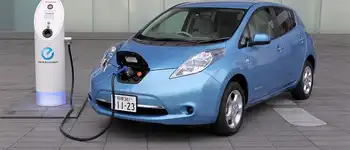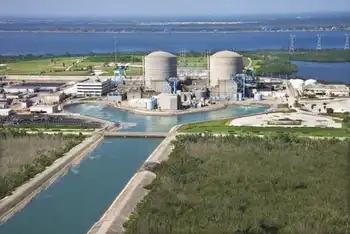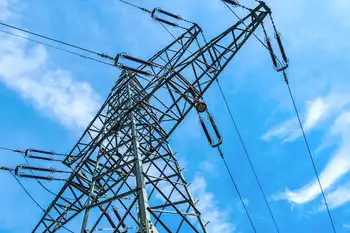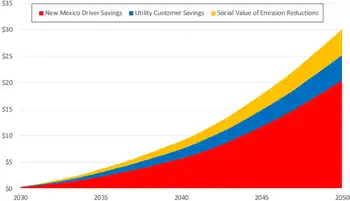V.C. Summer Nuclear plant back up to full power
By Greenville News
High Voltage Maintenance Training Online
Our customized live online or in‑person group training can be delivered to your staff at your location.

- Live Online
- 12 hours Instructor-led
- Group Training Available
The 966-megawatt V.C. Summer Nuclear Station, about 25 miles northwest of Columbia, began ramping up on December 17 and gradually reached full power December 21, said utility spokesman Robert Yanity.
The unit was shut down December 16 so workers could repair one of four valves that control the amount of steam turning the unitÂ’s turbine.
The shutdown was not considered an emergency.
South Carolina Electric & Gas Co., a principal subsidiary of SCANA Co., completed a nearly two-month-long scheduled refueling and maintenance outage December 10.











